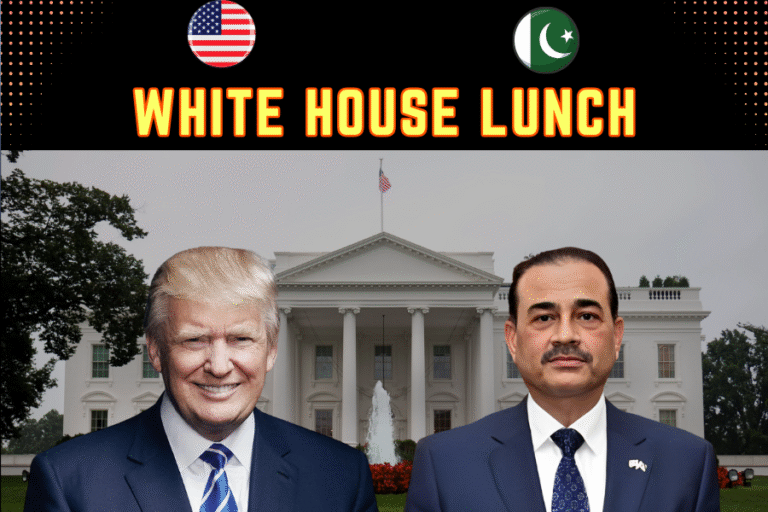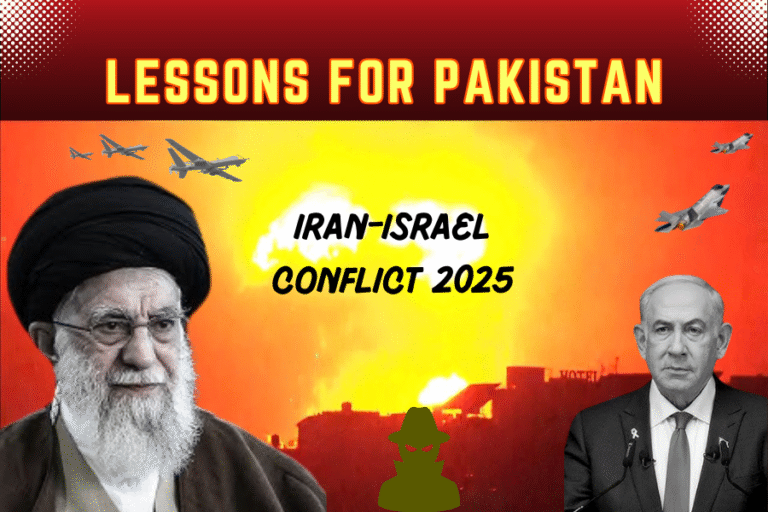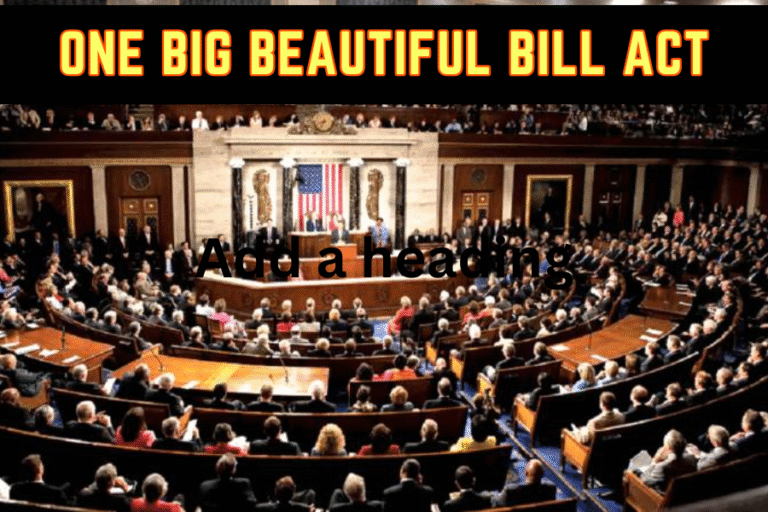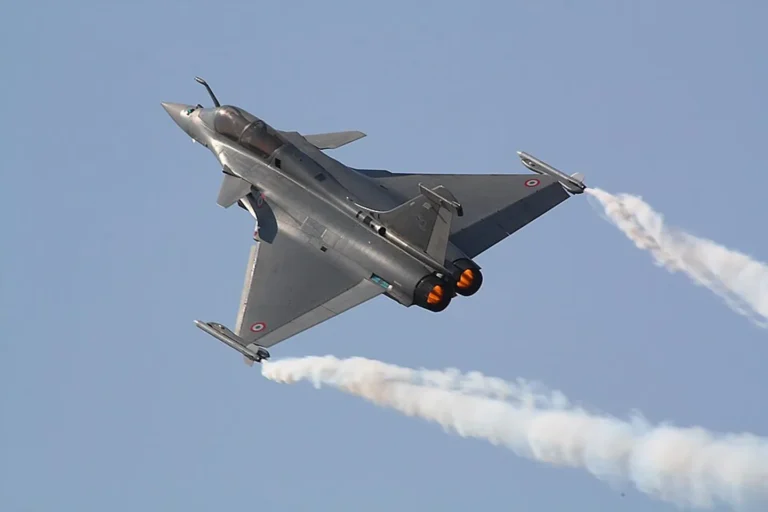(By Khalid Masood)
Introduction
On August 1, 2025, U.S. President Donald Trump announced the repositioning of two nuclear submarines to “appropriate regions” near Russia, a provocative response to inflammatory remarks by Dmitry Medvedev, Russia’s former president and deputy chairman of its Security Council. For instance, Trump’s decision, publicized on Truth Social, cited Medvedev’s reference to Russia’s “Dead Hand” nuclear system as a “highly provocative” threat, necessitating a show of force to ensure U.S. safety. Consequently, this rare public acknowledgment of submarine movements, typically shrouded in secrecy, escalates tensions amid the ongoing Russia-Ukraine war. Moreover, it raises concerns for the European Union (EU), already grappling with energy crises, NATO’s role, and Russian aggression. This essay analyzes the diplomatic and strategic implications of Trump’s saber-rattling for the EU and the global community, exploring its roots in U.S.-Russia dynamics, its impact on European security, and lessons for third world countries, which navigate similar great power rivalries.
Historical Context
U.S.-Russia relations have been marked by cycles of cooperation and confrontation since the Cold War. For example, the 1962 Cuban Missile Crisis highlighted the dangers of nuclear brinkmanship, with U.S. submarines playing a deterrent role. Post-Cold War, tensions eased, but Russia’s 2014 annexation of Crimea and 2022 invasion of Ukraine reignited hostilities. Specifically, President Vladimir Putin’s nuclear threats in 2022, coupled with Medvedev’s hawkish rhetoric, have kept nuclear risks alive. For instance, Medvedev’s 2025 reference to the “Dead Hand” system—a Soviet-era mechanism for automatic nuclear retaliation—echoes earlier provocations, as noted by The Guardian.
Trump’s foreign policy, in his second term, blends unpredictability with assertive posturing. For instance, his July 28, 2025, ultimatum to Russia—demanding a Ukraine ceasefire within 10 days or facing sanctions—reflects a hardline stance. Medvedev’s retort, accusing Trump of risking war, prompted the submarine deployment. Consequently, this move aligns with Trump’s history of using military signaling, as seen in his 2017 Syria strikes. However, publicizing submarine movements is unprecedented, given their stealth role in the U.S. nuclear triad, which includes Ohio-class submarines capable of carrying Trident missiles with a 7,400-kilometer range. Thus, the incident is rooted in a volatile U.S.-Russia dynamic, amplified by social media spats.
Details of the Submarine Deployment
On August 1, 2025, Trump announced via Truth Social, “I have ordered two Nuclear Submarines to be positioned in the appropriate regions, just in case these foolish and inflammatory statements are more than just that.” He did not clarify whether these were nuclear-powered or nuclear-armed submarines, nor their exact locations, adhering to Pentagon secrecy protocols. For example, the U.S. Navy operates 14 Ohio-class ballistic-missile submarines (SSBNs), each carrying up to 20 Trident missiles, and four guided-missile submarines (SSGNs) with Tomahawk cruise missiles. The White House, citing “strategic ambiguity,” offered no further details, while Defence Secretary Pete Hegseth reposted Trump’s statement on X.
Medvedev’s remarks, referencing Russia’s “Dead Hand” system, were a response to Trump’s shortened 10-day ceasefire deadline for Ukraine. For instance, Medvedev warned, “Each new ultimatum is a step towards war,” escalating a social media feud. Trump, speaking to reporters, justified the deployment as a safety measure: “A threat was made by a former president of Russia, and we’re going to protect our people.” However, analysts like Hans Kristensen noted that U.S. submarines are always positioned for deterrence, suggesting the move is rhetorical rather than tactical. Thus, the deployment is a symbolic escalation, leveraging the Ohio-class submarines’ fearsome reputation.
Implications for the European Union
The EU faces significant challenges from Trump’s submarine deployment, given its proximity to Russia and reliance on NATO. For instance, the Russia-Ukraine war has already strained EU energy markets, with Russian drone attacks in July 2025 exacerbating energy insecurity. Trump’s saber-rattling risks further destabilizing the region. Specifically, a heightened U.S.-Russia confrontation could embolden Putin, who has shown no willingness to meet Trump’s August 8 ceasefire deadline. Consequently, EU nations like Germany, which pledged Patriot missile systems to Ukraine in August 2025, face increased pressure to bolster defences.
Moreover, Trump’s unilateral action strains NATO cohesion. For example, his public nuclear posturing contrasts with the alliance’s preference for discreet deterrence, as noted by Daryl Kimball of the Arms Control Association, who called it “irresponsible.” Eastern EU states, like Poland and the Baltics, may welcome U.S. resolve but fear escalation, given their proximity to Russia. Conversely, Western EU members, like France, advocate diplomacy, as seen in their support for Istanbul peace talks. Thus, the deployment risks fracturing EU unity, forcing leaders to balance security with de-escalation.
Economically, the EU faces fallout from Trump’s broader trade policies. For instance, his August 2025 tariffs on global imports, including a 25% levy on India, could depress European markets, already reeling from Moscow’s stock market dip post-announcement. Additionally, the EU’s reliance on U.S. liquified natural gas (LNG), following Russia’s reduced gas exports, makes it vulnerable to U.S. policy shifts. Therefore, Trump’s move amplifies Europe’s strategic and economic uncertainties, challenging its diplomatic agility.
Global Implications
Globally, Trump’s deployment reverberates across alliances and conflict zones. For instance, it signals to China, a Russian ally, that the U.S. is prepared to escalate militarily, potentially affecting Beijing’s calculations in the Indo-Pacific. Moreover, it complicates nuclear diplomacy with Iran, as Trump referenced U.S. submarine superiority in a June 2025 post about Iran’s nuclear program. Consequently, nations like India, navigating U.S. sanctions for Russian oil purchases, may reassess their strategic alignments.
The deployment also risks normalizing nuclear rhetoric. For example, Medvedev’s “Dead Hand” reference and Trump’s response shift the Overton window, making nuclear threats more acceptable. This alarms non-aligned nations, as noted by Al Jazeera, which highlighted the “high-stakes back-and-forth.” Furthermore, the Global South, including Pakistan, watches closely, as U.S.-Russia tensions could divert resources from development aid. Thus, the move destabilizes global security, raising fears of miscalculation.
Criticisms: Reckless Saber-Rattling or Strategic Deterrence?
Critics argue Trump’s public announcement is reckless, undermining nuclear deterrence’s subtlety. For instance, Kimball called it “inadvisable,” noting the U.S. historically avoids matching Russia’s nuclear saber-rattling. Moreover, Hans Kristensen emphasized that submarines are already positioned for deterrence, rendering Trump’s move performative. The lack of Pentagon confirmation fuels skepticism, as noted by The New York Times, which questioned whether any submarines were actually repositioned.
From a pro-Pakistan perspective, Trump’s escalation is troubling. For example, Pakistan, a U.S. ally navigating India’s regional dominance, faces indirect risks from global instability. India’s alignment with Russia, despite U.S. sanctions, contrasts with Pakistan’s U.S.-Pakistan trade deal, which includes oil development. Consequently, Trump’s focus on Russia diverts attention from South Asian stability, where Pakistan seeks diplomatic leverage. Thus, critics view the deployment as a distraction from pressing regional issues.
However, supporters argue it’s a necessary deterrent. For instance, White House officials, like Harrison Fields, framed it as a patriotic response to Medvedev’s threats. Evelyn Farkas of the McCain Institute downplayed nuclear risks, calling it “signaling” rather than confrontation. From this view, Trump’s move counters Medvedev’s hawkishness, reinforcing U.S. resolve. Nevertheless, the public nature of the announcement risks miscalculation, as Medvedev’s limited authority suggests his remarks were rhetorical.
Lessons for Third World Countries
For third world countries like Pakistan, Trump’s submarine deployment offers critical lessons in navigating great power rivalries. For instance, Pakistan’s experience with India’s 2025 WCL cricket boycott highlights the dangers of politicized actions undermining cooperation. Similarly, Trump’s public nuclear posturing shows how superpowers can escalate tensions through symbolic gestures. Consequently, Pakistan should prioritize diplomatic agility, balancing U.S. and Chinese partnerships to avoid being sidelined in global conflicts. For example, its 2025 U.S. trade deal strengthens economic ties, but reliance on Western aid must be tempered with self-sufficiency.
Moreover, Pakistan can learn from Trump’s strategic ambiguity. By maintaining opacity in its own security policies, Pakistan can deter India without overt escalation. However, resource constraints, like limited defence budgets, hinder such strategies. Thus, investing in soft power—through sports diplomacy or cultural exchanges—can enhance Pakistan’s global standing, as seen in its resilient WCL participation. Therefore, third world nations must blend pragmatism with strategic signaling to navigate superpower tensions.
Conclusion
President Trump’s August 2025 decision to reposition two nuclear submarines near Russia, in response to Dmitry Medvedev’s provocative remarks, marks a dangerous escalation in U.S.-Russia relations. For the EU, it heightens security and economic risks, straining NATO unity and energy stability. Globally, it normalizes nuclear rhetoric, alarming allies and non-aligned nations alike. The move diverts U.S. focus from South Asian priorities, underscoring the need for diplomatic agility. While supporters see it as deterrence, critics highlight its recklessness, risking miscalculation. Consequently, the deployment underscores the fragility of global stability, urging leaders to prioritize dialogue over brinkmanship.







